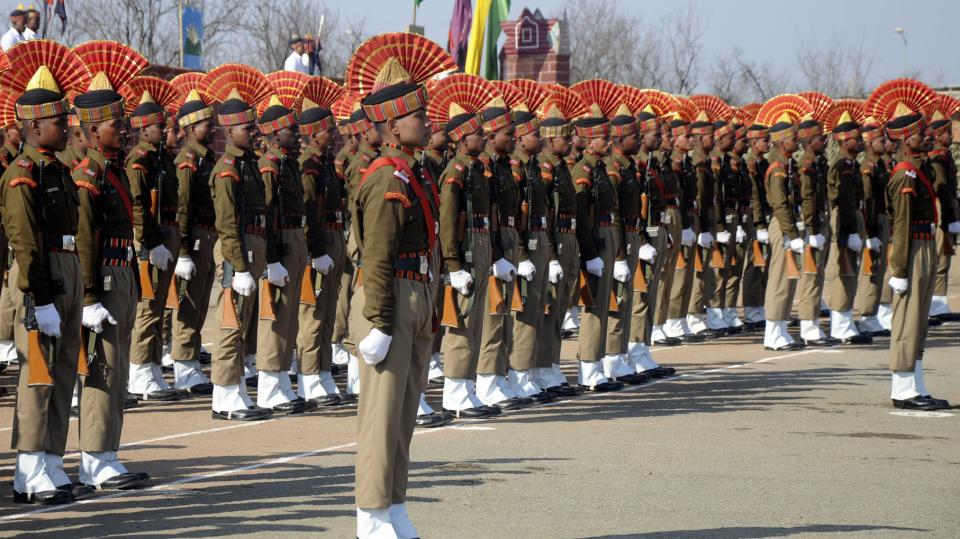As the largest country in South Asia, India accounts for up to 80 percent of the regional economy, an economic dominance that has allowed it to seek unipolar hegemony in the area, said Lin Minwang, a researcher at Fudan University’s institute for international studies, writing for the
Beijing News.
The influence of British imperialism and the tolerance of the US have led India to see the whole of South Asia as a natural part of its sphere of influence, Lin said. Small nations in South Asia had their fears worsened during the Cold War, according to Lin, after India initiated a war that led to the division of Pakistan [a reference to the 1971 Bangladesh Liberation War] and it later annexed Sikkim, located at the junction of China, India, Bhutan and Nepal. Though India has occasionally promised to adopt a conciliatory policy, Lin said, its soft tone never managed to stay long.
It is the geographical barrier erected by the Himalayas that has allowed India to act like a bully, Lin said. The land-locked Bhutan and Nepal, for example, have both relied on India for transportation of necessary goods, such as oil and gas, according to Lin. He said India has often used this advantage to exert an influence over the two countries’ political landscapes.
India has always sought to further bind the interests of the these small countries to that of its own, an appeal that these countries have handled with great caution, Lin said. For countries as small as Bhutan and Nepal, to become fully interconnected with India means nothing but having to end up as another “Sikkim”, according to Lin. That is fundamentally why South Asia has so far failed to integrate like other regions, he said.

 Old Version
Old Version